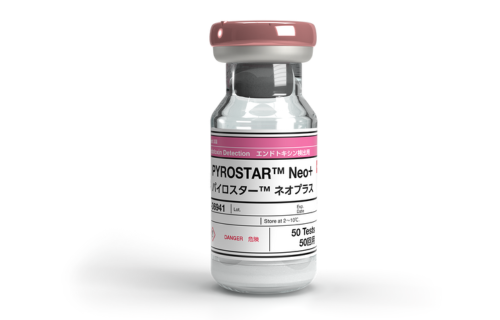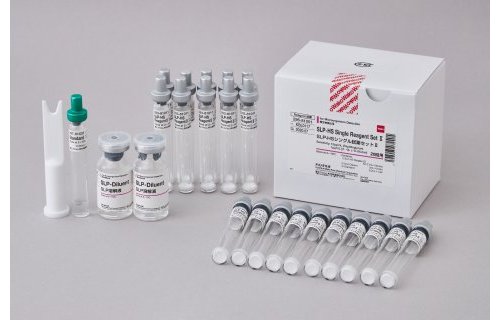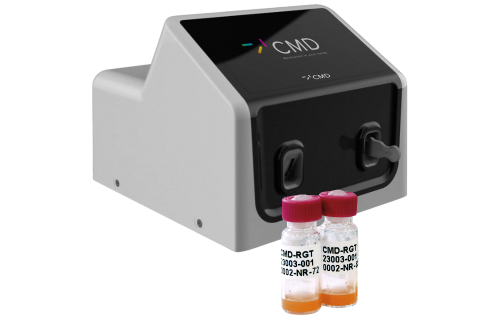Magneto-optics and its advantage in the lab
Origin and basic principles of magneto-optics
In magneto-optics, alterations in the properties of light, which is reflected or transmitted or in the presence of a magnetic field, are investigated. Notably, the magnetic field may be applied externally or may originate from a magnetized material medium. The magneto-optic filed of research was pioneered by Michael Faraday, who first discovered magneto-optic effects already in 1845.1
Recent developments in magneto-optics
Initially, analyzing magneto-optic effects contributed to elucidating the fundamental principles of quantum mechanics and electromagnetism.2 However, since then, the field of magneto-optics has expanded greatly with the introduction of laser technology, other new light sources, and novel magneto-optic materials. Nowadays, magneto-optics is finding implementation in a variety of settings, including pharmaceutical development, spectroscopy, theranostics, sensing, and magnetometry.1,2
Manufacturing of laser isolators and magnetic field sensors
The production of magneto-optic materials, including laser isolators and magnetic field sensors, is a major area of implementation of magneto-optics in both research and industrial settings.3 Thus, laser isolators are indispensable for experimental and practical laser applications. Moreover, magnetic sensors can detect the strength of magnetic fields and can be integrated in biosensors, wearables, and ubiquitous sensor networks.4
The significance of magneto-optical spectroscopy
Magneto-optical spectroscopy can be used to analyze the electronic structures and physical properties of materials.5 To achieve this goal, magneto-optical spectroscopes require an intense and stable light source, a dispersive element, suitable lenses, and a light detector.6 Different types of measurements can be applied in magneto-optical spectroscopy, including a setup for the polar magneto-optical Kerr effect; a polarization modulation method using a multichannel spectrometer; evaluation of the Cotton Mouton effect; and generation of the off-diagonal element of permittivity spectrum.5
Based on the application of magneto-optical sensing technology and the Cotton Mouton effect, the CMD αBETTM endotoxin testing system, which is available from FUJIFILM Wako Pyrostar, was developed.7 Its advantages include rapid, quantitative, sensitive, and pharmacopeial-compliant endotoxin testing. Moreover, the performance of the system has been validated with a wide range of pharmaceutical and complex bio-pharmaceutical samples as well as with nanoparticle formulations.
Theranostic nanoplatforms
The field of theranostics investigates the integration of diagnostic and therapeutic approaches that can help provide effective and precise treatment. Magneto-optics has found applications in the development of theranostic nanoplatforms, whose components include magnetic nanoparticles and polymers.8
Magnetoplasmonics
The emerging field of magnetoplasmonics investigates the relationship between magnetism and plasmonics (a research area studying electron oscillations in metal nanostructures and nanoparticles). Magnetoplasmonics employs magneto-optical techniques to assess the plasmonic response of nanostructures. The collected information may be used to model hybrid nanostructures, coupling plasmonic materials with magneto-optically active materials or molecular resonances. One area of application is the generation of active magnetoplasmonic devices, including refractometric sensors, that perform superiorly in comparison to plasmonic devices. Moreover, magnetoplasmonic effects have been discovered in doped semiconductors, which may help generate new materials with stronger magneto-optic effects.
Literature sources
- Rizal C, Shimizu H, Mejía-Salazar JR. Magneto-Optics effects: New trends and future prospects for technological developments. Magnetochemistry. 2022;8(9):94.
- Kimel A, Zvezdin A, Sharma S, Shallcross S, De Sousa N, García-Martín A, Salvan G, Hamrle J, Stejskal O, McCord J, Tacchi S. The 2022 magneto-optics roadmap. Journal of Physics D: Applied Physics. 2022;55(46):463003.
- Kumari S. A comprehensive study of magneto-optic materials and its applications. Materials Today: Proceedings. 2022;56:100-6.
- Khan MA, Sun J, Li B, Przybysz A, Kosel J. Magnetic sensors-A review and recent technologies. Engineering Research Express. 2021;3(2):022005.
- Sato K, Ishibashi T. Fundamentals of Magneto-Optical Spectroscopy. Frontiers in Physics. 2022;10:946515.
- Gabbani A, Petrucci G, Pineider F. Magneto-optical methods for magnetoplasmonics in noble metal nanostructures. Journal of Applied Physics. 2021;129(21).
- The CMD αBETTM endotoxin testing system. Cotton Mouton Diagnostics Ltd. Accessed August 1, 2023. https://www.wakopyrostar.com/assets/Uploads/CMD-AlphaBET-White-paper-Dec-2022-V2.pdf.
- Gauger AJ, Hershberger KK, Bronstein LM. Theranostics based on magnetic nanoparticles and polymers: intelligent design for efficient diagnostics and therapy. Frontiers in Chemistry. 2020;8:561.






